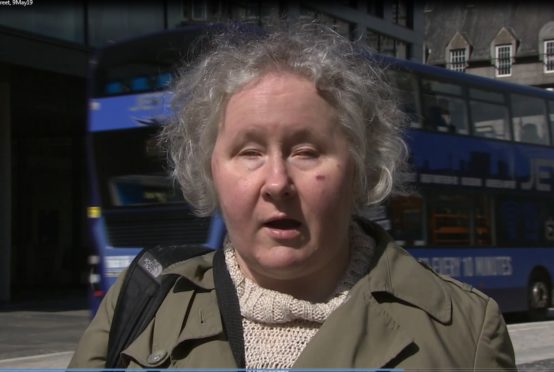Sight loss charity, RNIB Scotland, has revealed in a new study that blind and partially-sighted people are struggling to receive healthcare information in accessible formats.
This has led to many cases of patients missing important medical appointments because they were unable to read the documents sent to them.
The report’s author, Laura Jones, warned this was putting patients at risk of being denied treatment and potentially vital appointments.
She said: “The NHS puts great emphasis on the cost of missed appointments to over-burdened clinics. So giving patients accessible information makes sense.
“More worryingly, as many sight loss conditions are progressive, any delays in treatment could mean unnecessary deterioration in sight.”
The analysis, released today, also highlights that patient confidentiality is breached when people have to rely on carers, relatives or friends to read appointment letters, medication or test results.
Ms Jones added: “It’s now almost a decade since the passing of patient rights legislation. The Patient Rights (Scotland) Act 2011 and its accompanying Charter of Patient Rights and Responsibilities states: ‘You have the right to be given information about your care and treatment in a format or language that meets your needs’.”
Despite this, Amanda Foster from Aberdeen, who has been blind since birth, revealed she has always had difficulty getting material in accessible documents.
She said: “When I went into hospital for treatment, I received a printed letter explaining the procedure and the rules and what would happen.
“When I asked about having this sent to me via email, they said that they couldn’t do this owing to security.
“When I called the telephone number about accessible information, I was told the person who used to deal with this is no longer there and there was no one to help.
“So it was lucky my friend was able to spend time with me going over the document.”
Hussein Patwa from Portlethen was sent a letter offering an appointment to discuss a cataract removal. But that created a series of difficulties.
He said: “The letter gave me seven days to acknowledge and confirm the appointment by phone.
“If not done so, I would be placed at the end of the waiting list, effectively adding another four months’ delay before being able to see someone at the hospital.
“If I missed the deadline again, the entire case would be cancelled, and I would require a new referral from my optician. I suffer from a chronic pain condition and was unable to use my scanner to read the letter.
“By the time someone visited me, and was able to read the letter to me, the appointment had lapsed.”
The study found that some patients were not informed they could request information in alternative formats, while others were bluntly told they could cope without one.
The report is being launched today in Glasgow by Stuart McMillan MSP, chair of the Scottish Parliament’s cross-party group on visual impairment.
RNIB Scotland is calling for each of the country’s 14 health board to ensure that accessible information policies are fully implemented to prevent unnecessary anxiety to people with sight loss.
It is also urging awareness training for all healthcare staff on the implications that sight loss can have on communication with patients.
